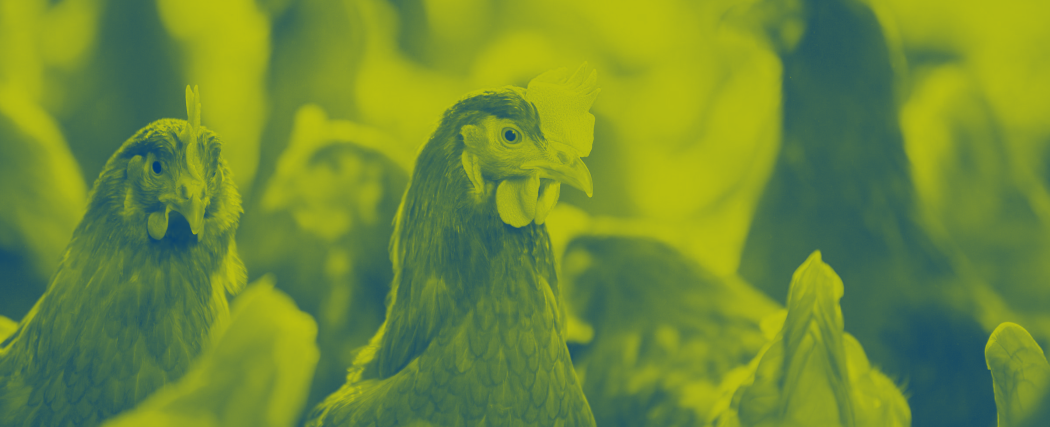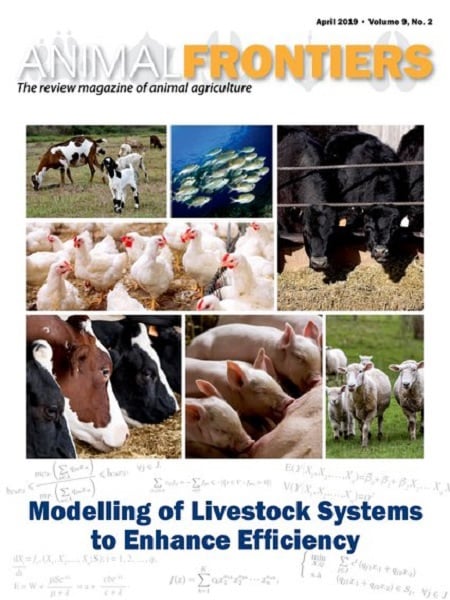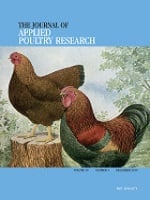
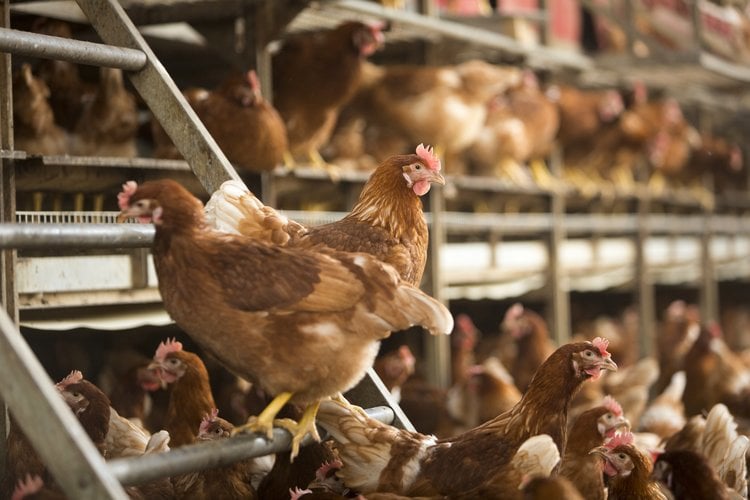
Reducing the use of antibiotics
As consumers become more aware of the risks of antimicrobial resistance – the number one global public health issues of our time – we are seeing a rising demand worldwide for antibiotic-free produced eggs.
Reducing reliance on antimicrobial agents is essential to successfully tackling the challenge of antimicrobial resistance, so that antibiotics remain effective when needed to support both layer and human health.
At Trouw Nutrition, we designed our Antibiotic Reduction Program to support producers in reducing reliance on antibiotics without compromising on efficiency and productivity.
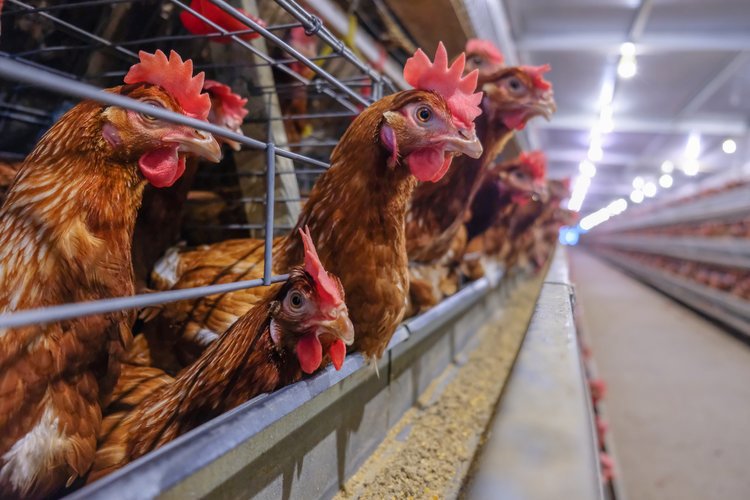
Performance and production efficiency
Production efficiency is achieved when the animal reaches a high level of performance and feed intake while maintaining good health. Feed alone accounts for most of a livestock farmer’s total costs. Optimise your investment in layer hens by ensuring efficient intake of nutrients that translate to robust egg production, good health and enhanced overall productivity.
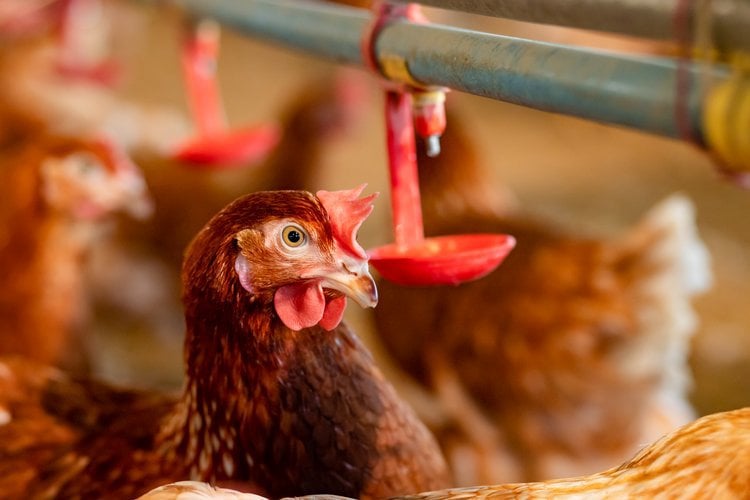
Enhancing feed and water management
The nutritional quality, safety and delivery of feed in the optimal form are crucial to supporting a healthy and regulated feed intake. Equally important is ensuring excellent microbial and chemical quality in water, representing the largest component of the layer’s consumption. Water plays a key role in egg composition, thermoregulation and as a carrier for additives.
